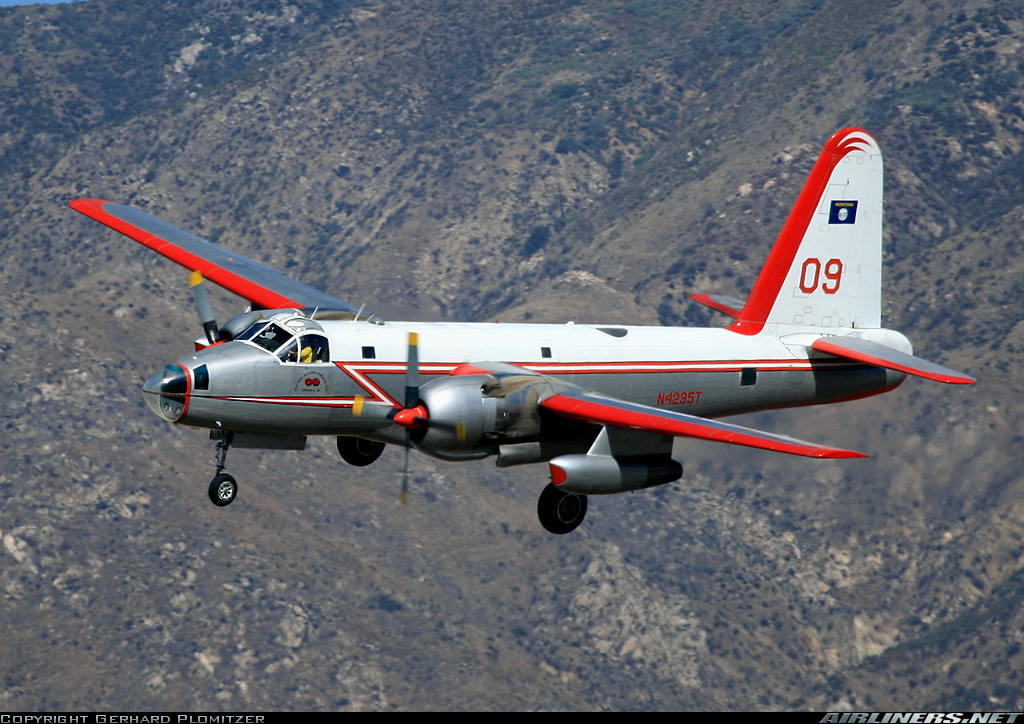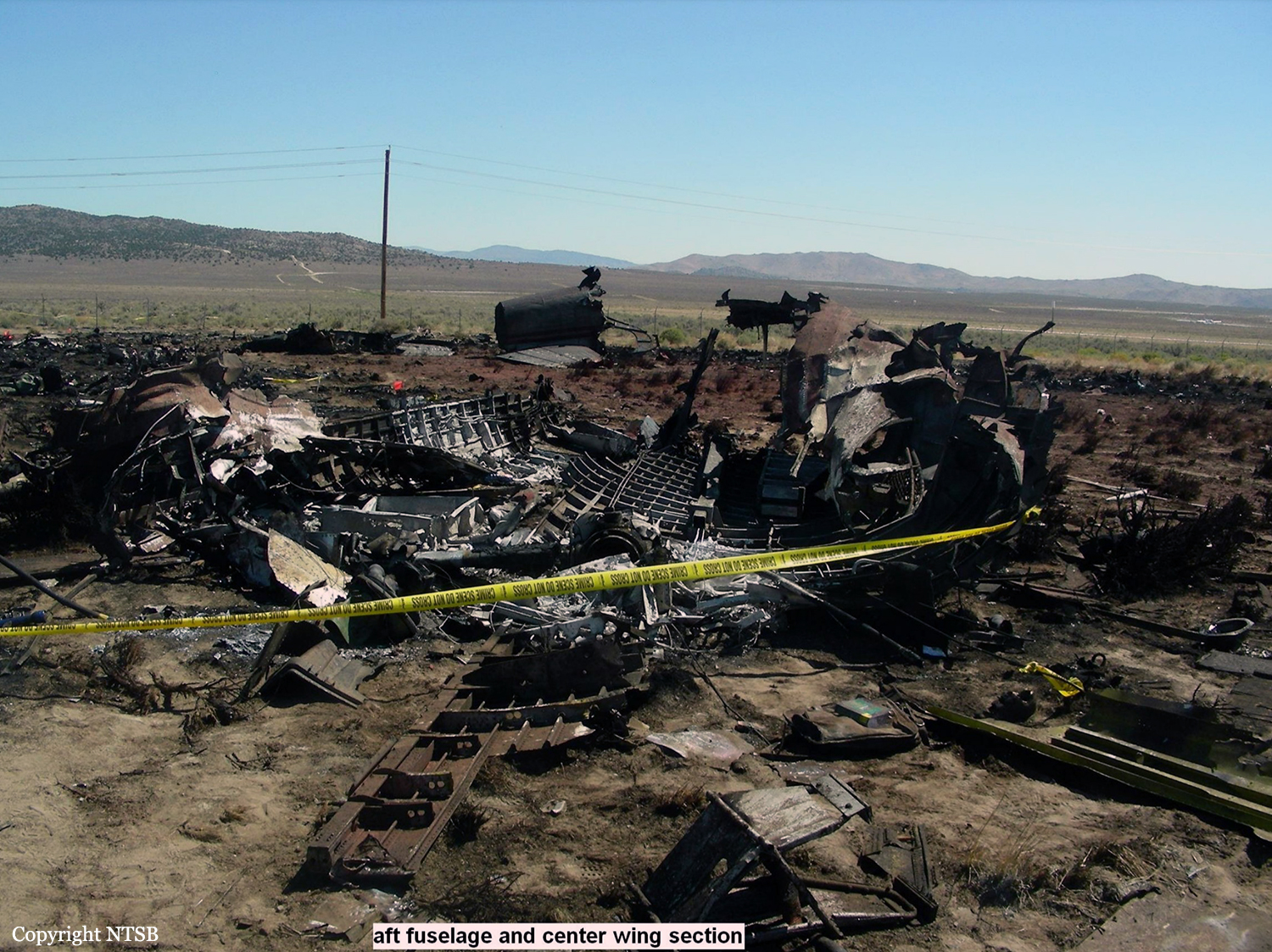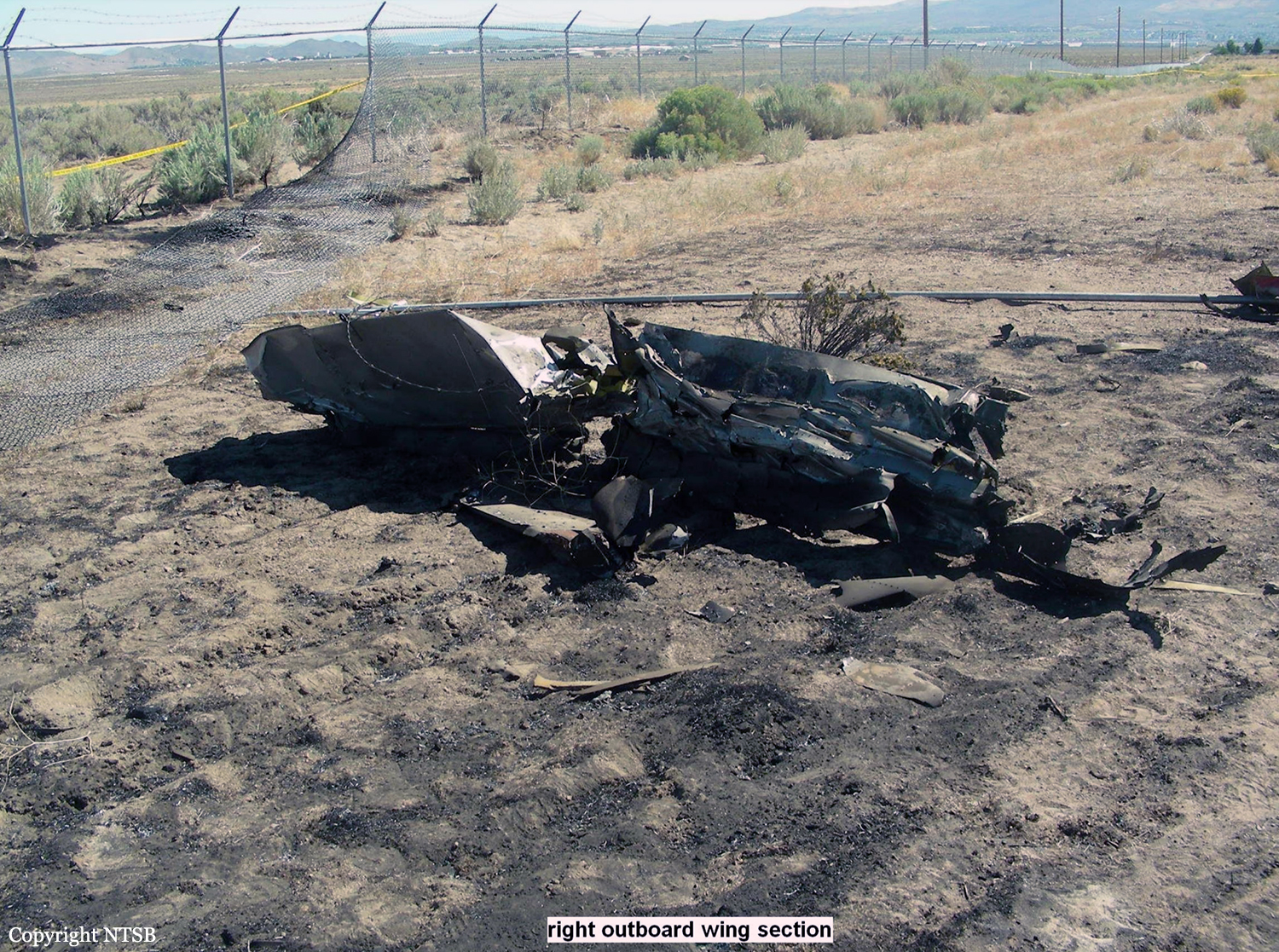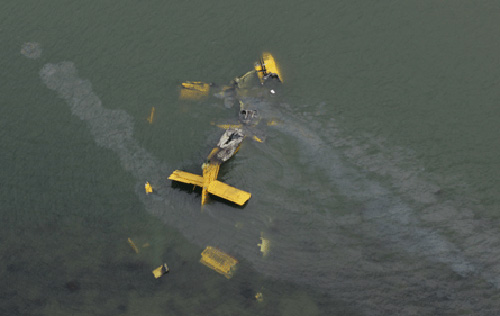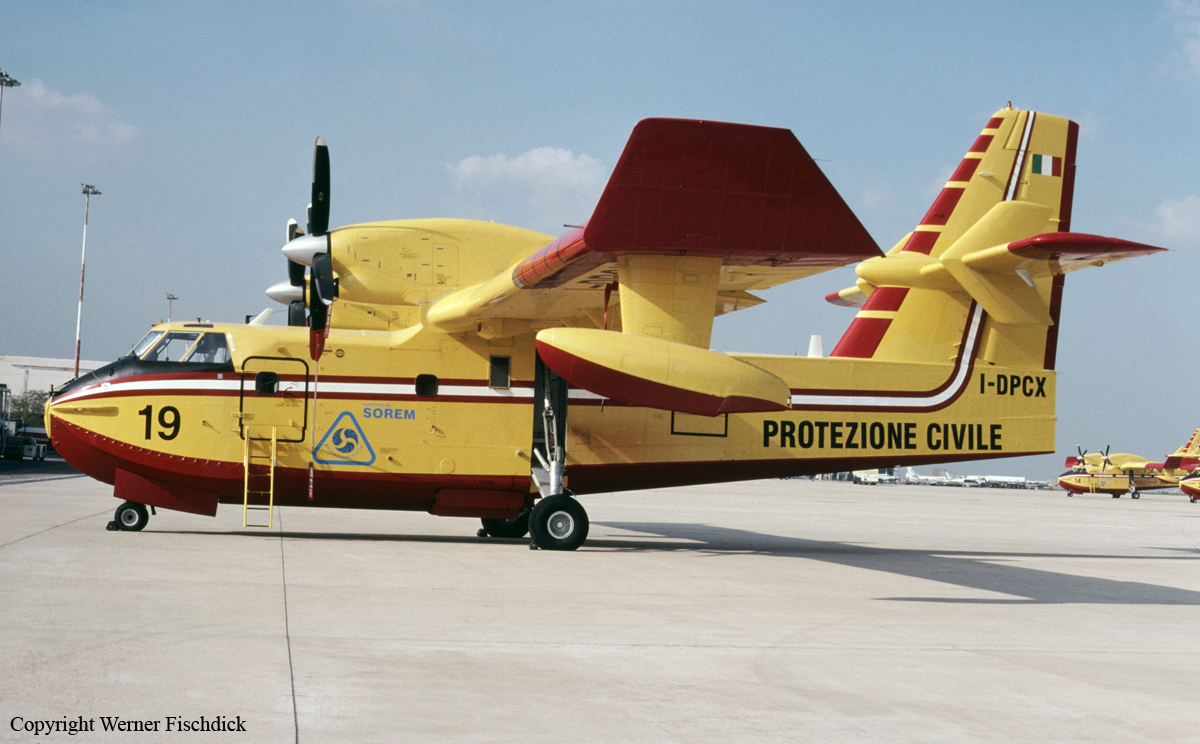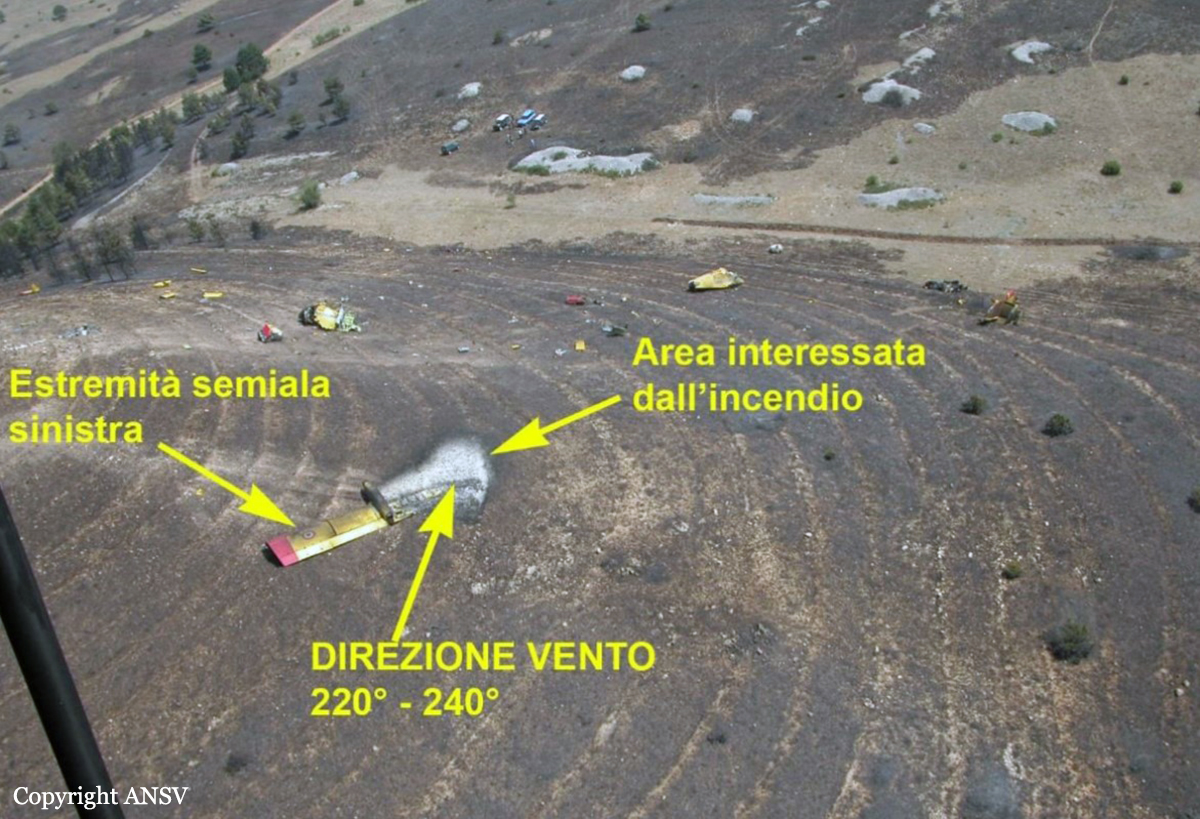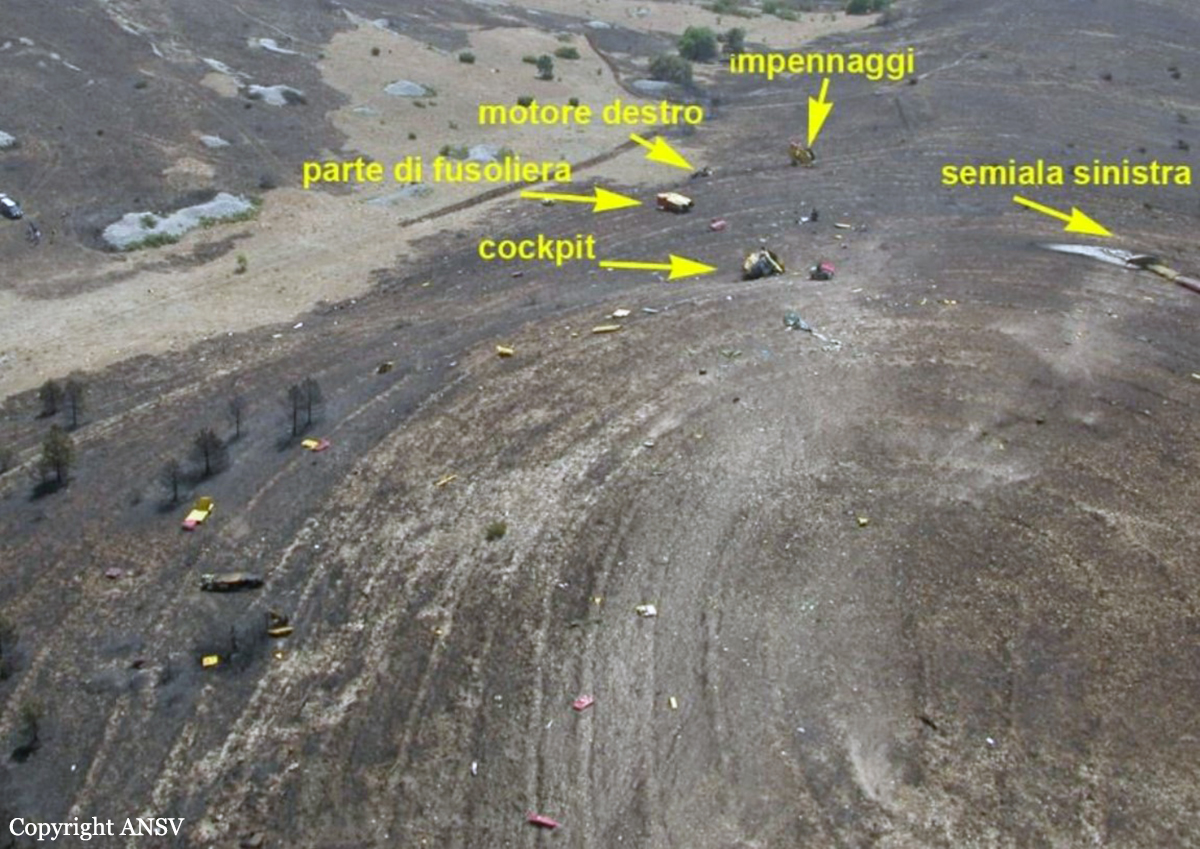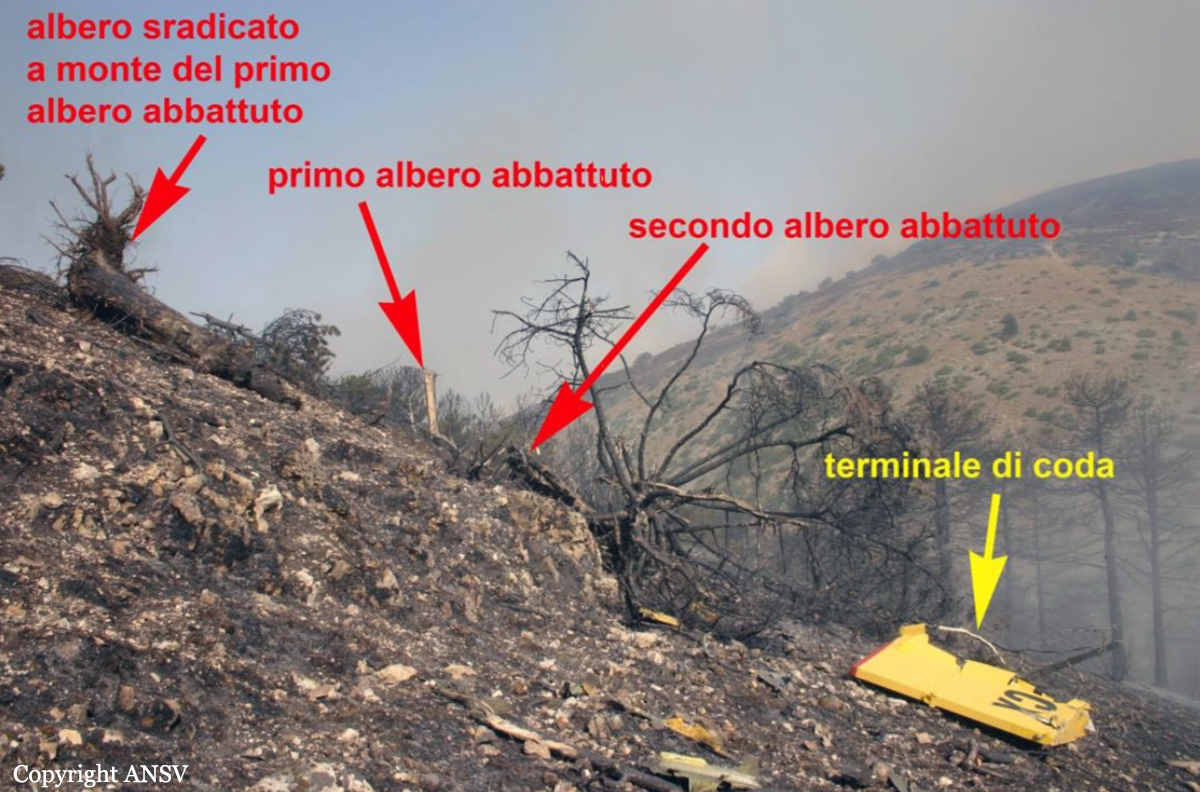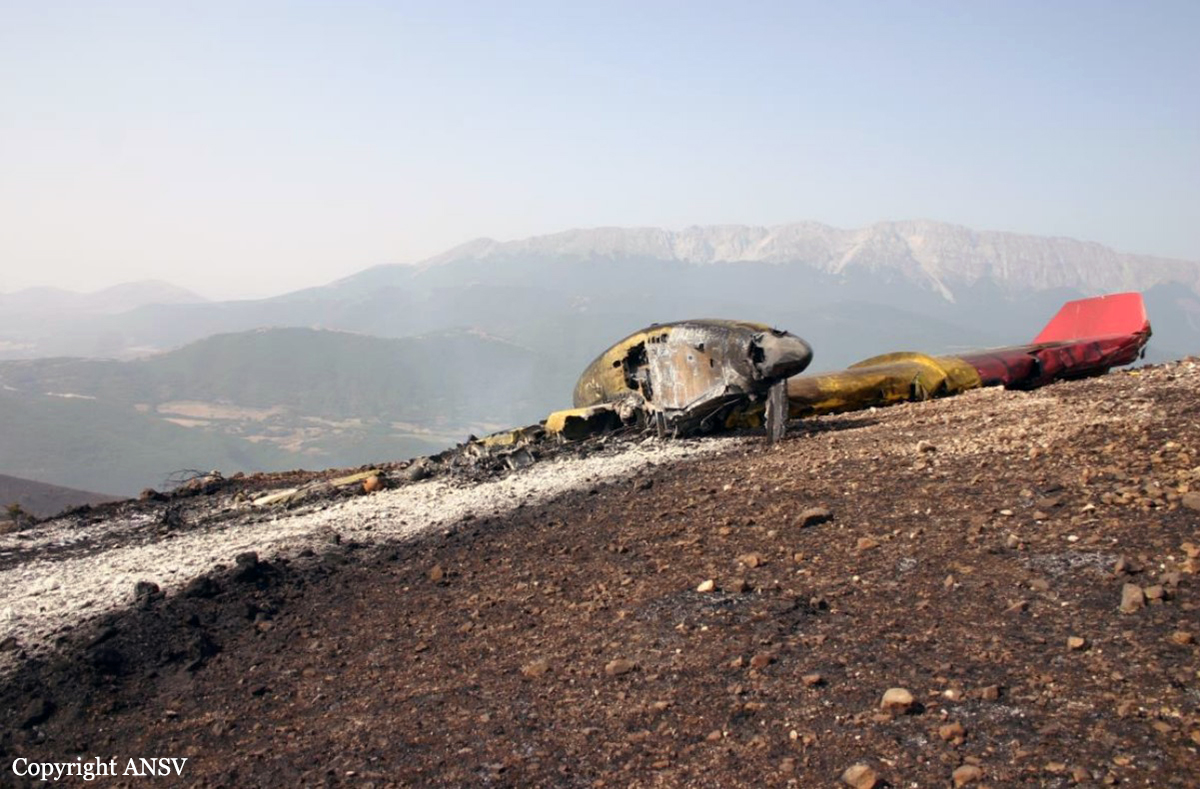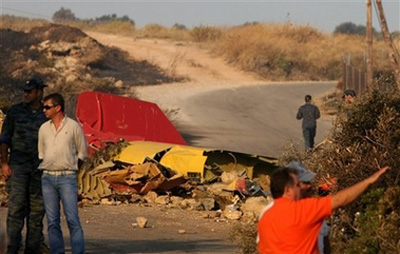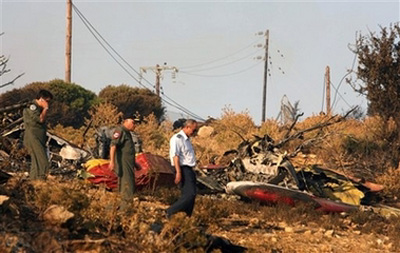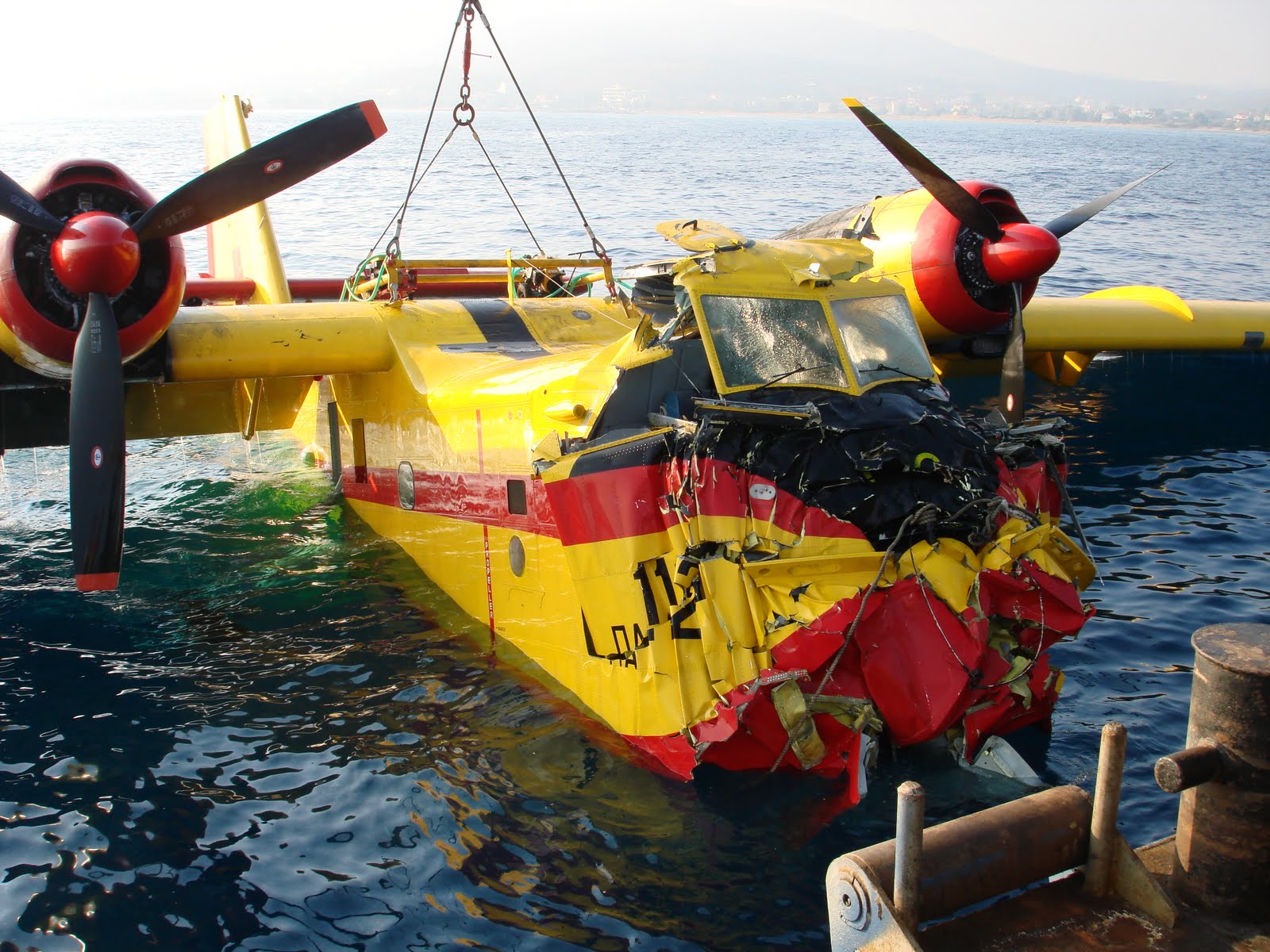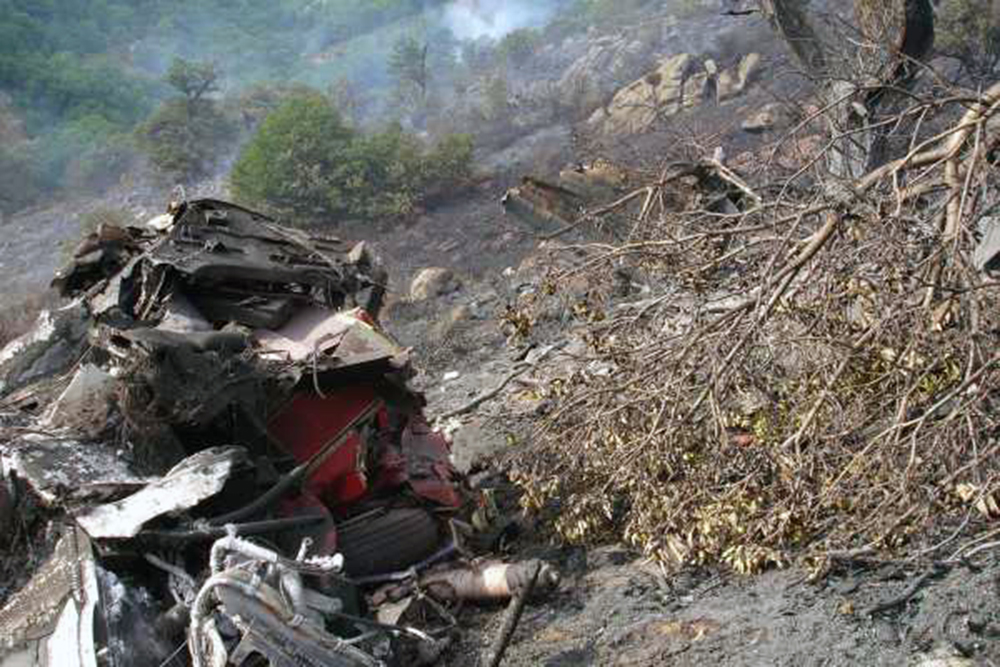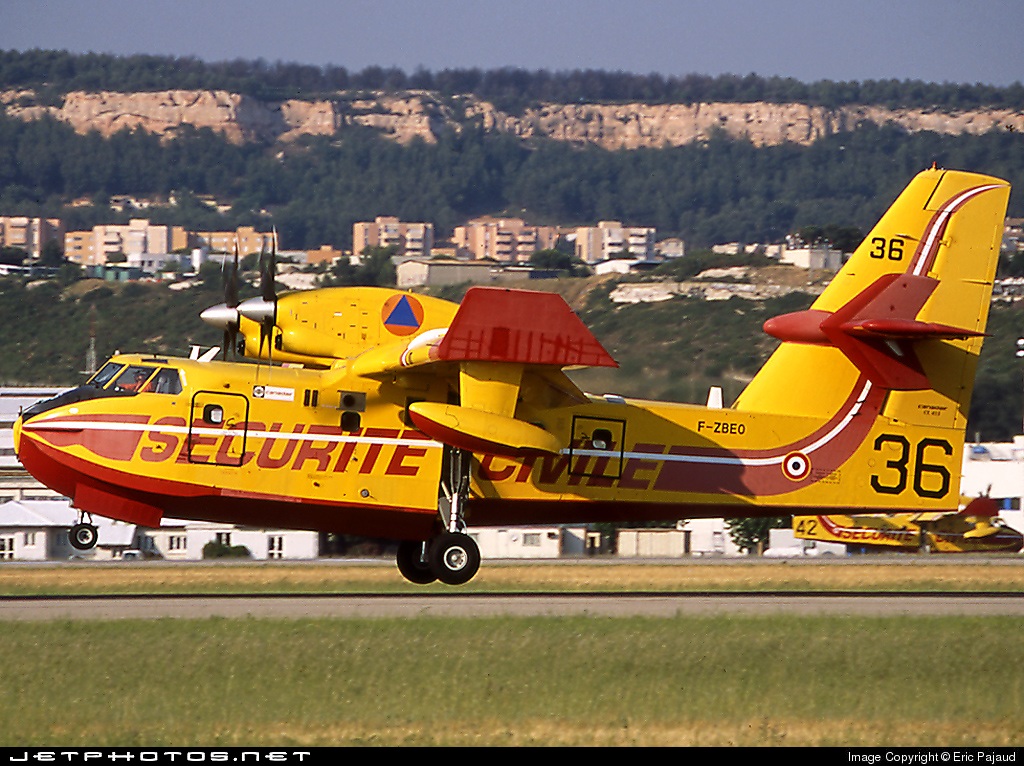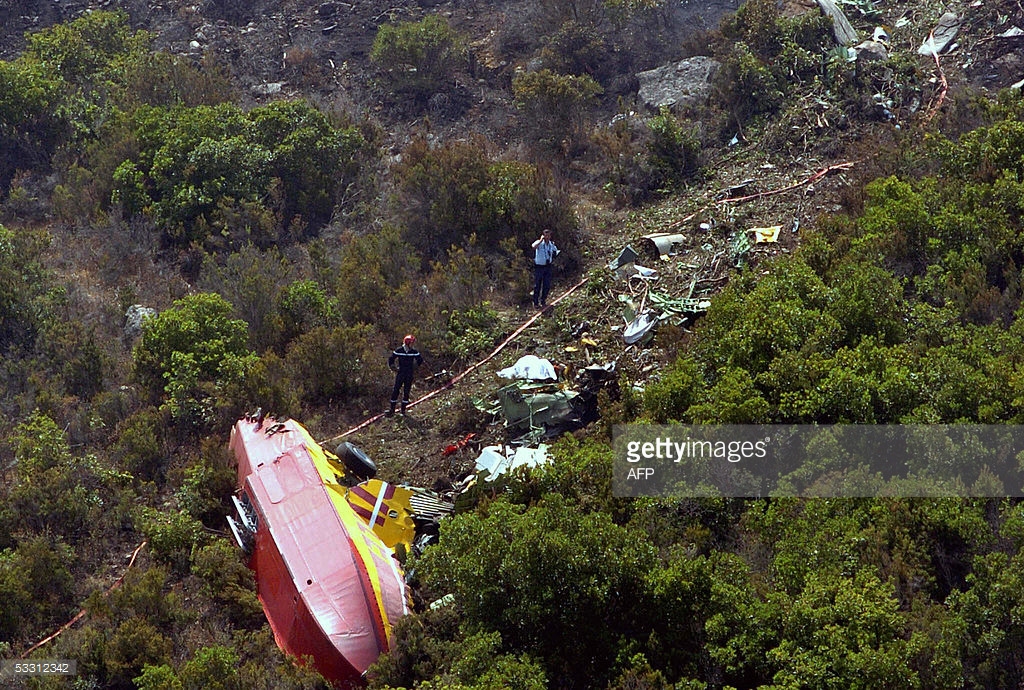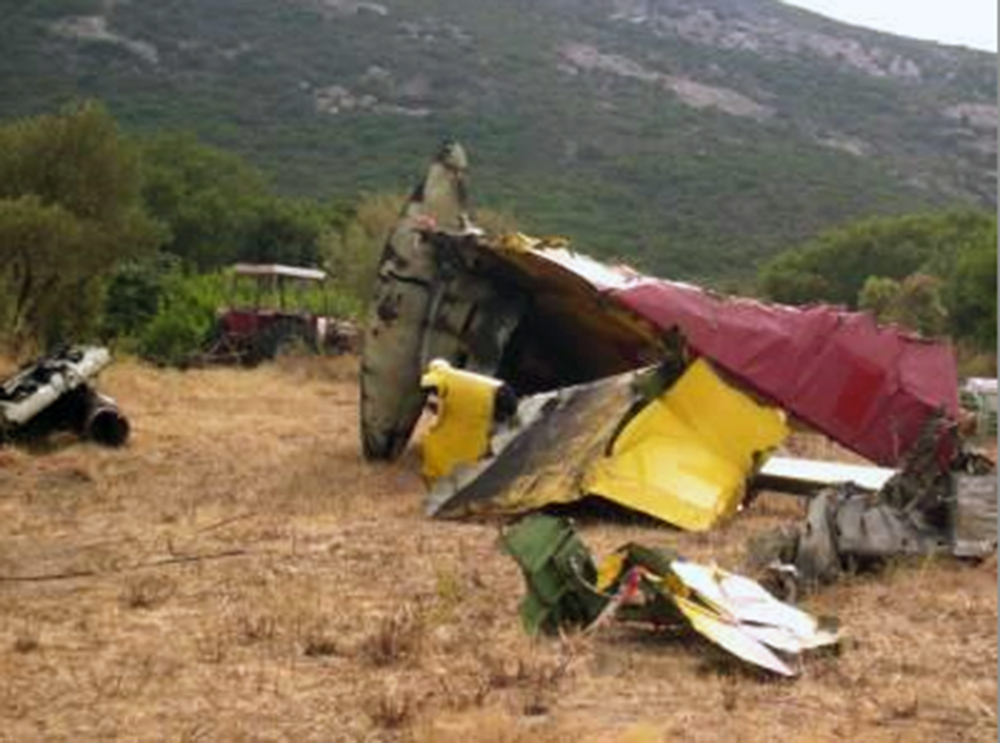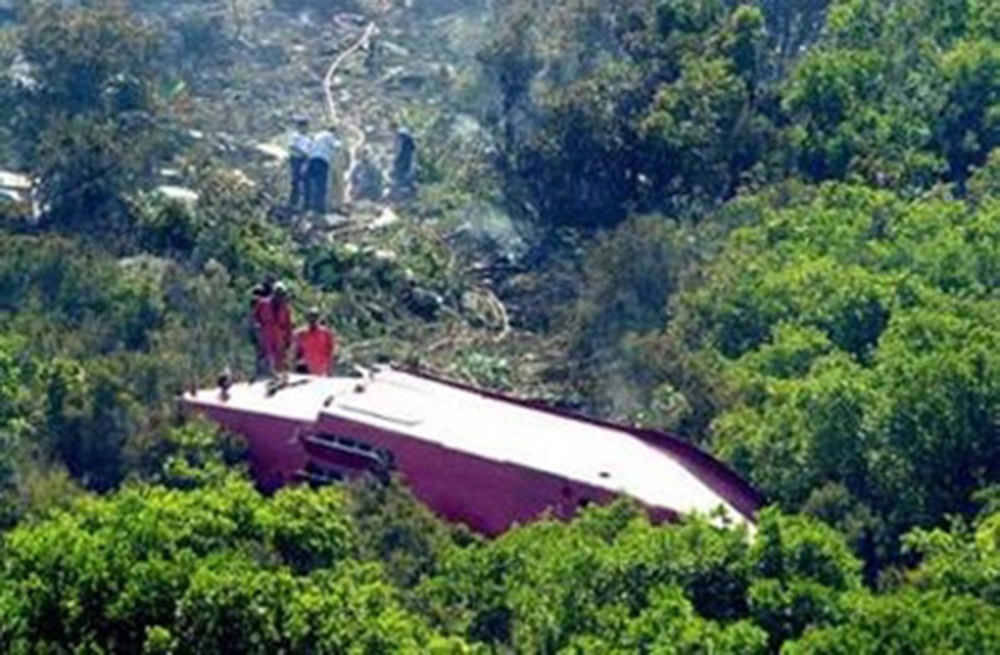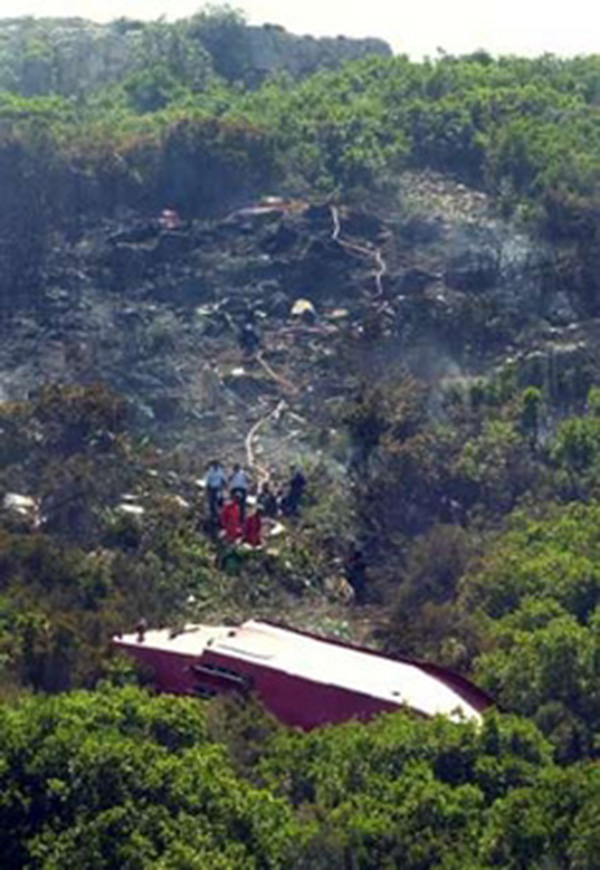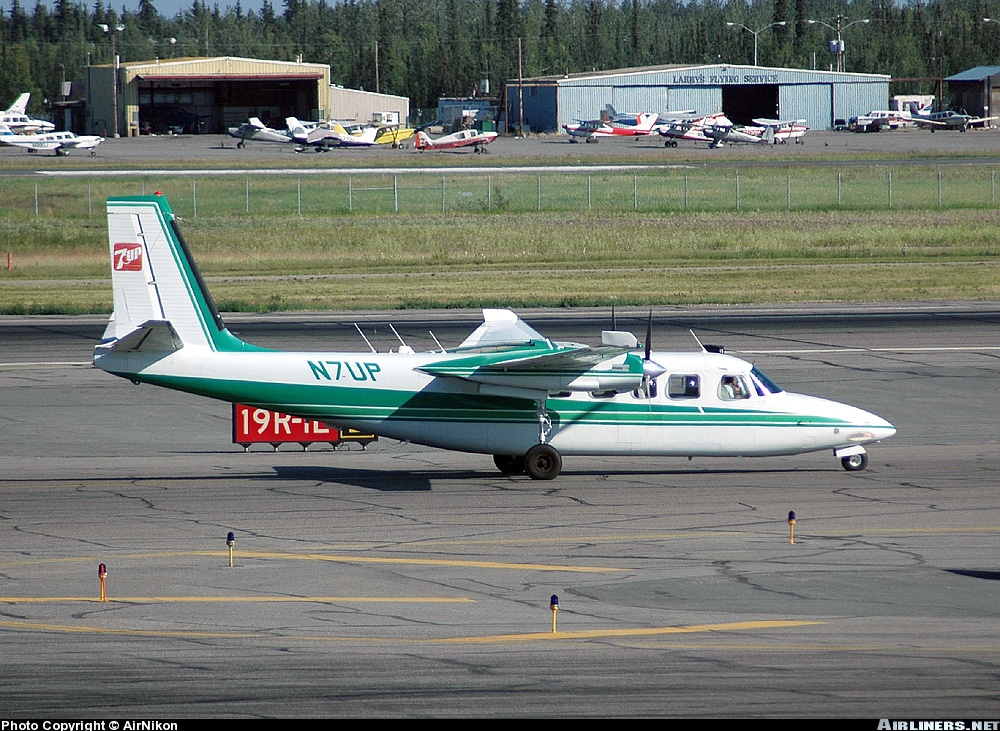Crash of a PZL-Mielec AN-2R near Voznesenskoye
Date & Time:
Jun 27, 2010 at 1545 LT
Registration:
RA-62631
Survivors:
Yes
MSN:
1G178-23
YOM:
1978
Crew on board:
2
Crew fatalities:
Pax on board:
1
Pax fatalities:
Other fatalities:
Total fatalities:
0
Captain / Total hours on type:
2643.00
Copilot / Total hours on type:
645
Aircraft flight hours:
3208
Circumstances:
The crew was performing a survey flight while in a fire fighting program. In flight, the engine failed and the crew elected to make an emergency landing. The aircraft stalled and crashed in the Varnavka River. Both pilots and the passenger were injured while the aircraft sank and was damaged beyond repair.
Probable cause:
The accident was the result of a forced landing on the water surface due to unstable operation of the engine after a loss of power which was caused by the re-enrichment of the fuel-air mixture because of jamming of the needle valve of the left float chamber of the carburetor. The most probable reason for jamming of the needle valve of the left float chamber is its clogging by foreign particles that resulted from failure to comply with section 2.02.01.20 of the rules of maintenance of the AN-2 while performing 100-hour maintenance works due to lack of RTO requirements for mandatory compliance.
Final Report:




